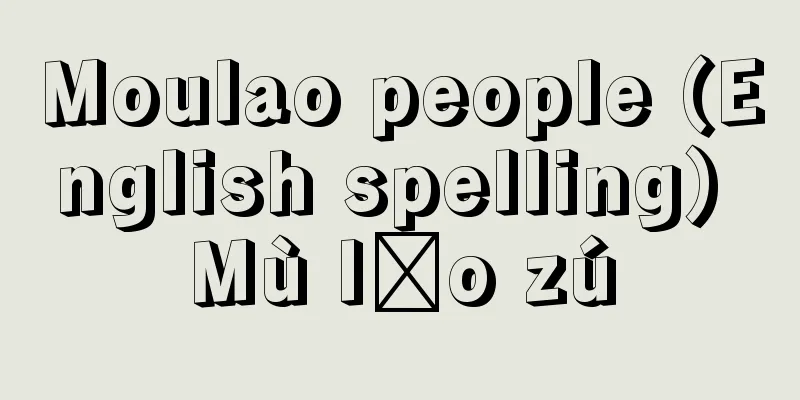Burns - Scalding

〘 noun 〙 (meaning "burnt spot" ; also "yaketo") 1. Surface changes seen when skin or mucous membranes come into contact with high temperatures. In mild cases, it can cause congestion and erosion, but in severe cases it can lead to necrosis. If the area is widespread, it can even cause death. Burn. Scald. *Nippo Jisho ( 1603-04) "Yaqedoni (yakedoni) wau〈translation〉 To be unexpectedly burned by fire or hot water." *Hana (1916) (Akutagawa Ryunosuke) "There is a risk that the steam will blow on your face and burn you. " 2. (figuratively) Used as an analogy for failing at something or suffering a painful experience. "You get burned when you put your hand in a stump."BurnsSource: The Selected Edition of the Japanese Language Dictionary About the Selected Edition of the Japanese Language Dictionary Information |
〘名〙 (「焼け処(ど)」の意。「やけと」とも)① 皮膚や粘膜が高温に接した際に見られる表面変化。軽いものは充血、糜爛(びらん)から高度の時には壊死に至る。範囲が広い時には死亡することもある。熱傷。かしょう。やけつり。※日葡辞書(1603‐04)「Yaqedoni(ヤケドニ) ワウ〈訳〉思いがけなく火や熱湯でやけどをする」※鼻(1916)〈芥川龍之介〉「湯気に吹かれて顔を火傷(ヤケド)する惧がある」② (比喩的に) 何かに失敗したり、痛い目をみることをたとえていう。「株に手を出して火傷する」
か‐しょう クヮシャウ【火傷】出典 精選版 日本国語大辞典精選版 日本国語大辞典について 情報 |
Recommend
PCB - Polychlorinated biphenyl
It is an abbreviation of polychlorinated biphenyls...
Zenkyo - Zenkyo
Abbreviation for the National Council of Japanese ...
Female hormones
Reference value Estrogen (urine test) Men: 2–20 m...
Ikuhi Shrine
...There are several theories about the origin of...
Okusanshu - Okusanshu
… [Ancient times] Chugoku belongs to the Saikaido...
Fan - Ougi
A fan is a tool used to create a breeze and cool ...
Asianic - Asianic
…One of the ancient Oriental languages of unkno...
Amazake seller - Amazakeuri
〘Noun〙 The act of selling amazake (sweet sake). Al...
Purple Omoto - Purple Omoto
A cold-tolerant perennial plant of the Commelinac...
North front - Kitamae-mawari
…In terms of operation, there are regular routes ...
Poliorketika (English spelling)
…He designed the great bridge over the Danube in ...
Democracy - Minponshugi
Democratic thought in the Taisho period. This ter...
Acute prurigo - prurigo
...The lesions are mainly papules or urticarial p...
Ferro, S.dal (del) (English spelling) FerroSdal
…Historically, Cardano's academic achievement...
Shimotsukeno-shi - Shimotsukeno-uji
A clan of lower-ranking military officers of the n...









